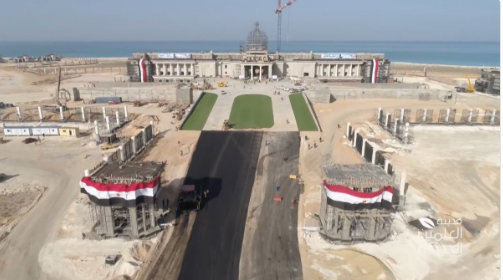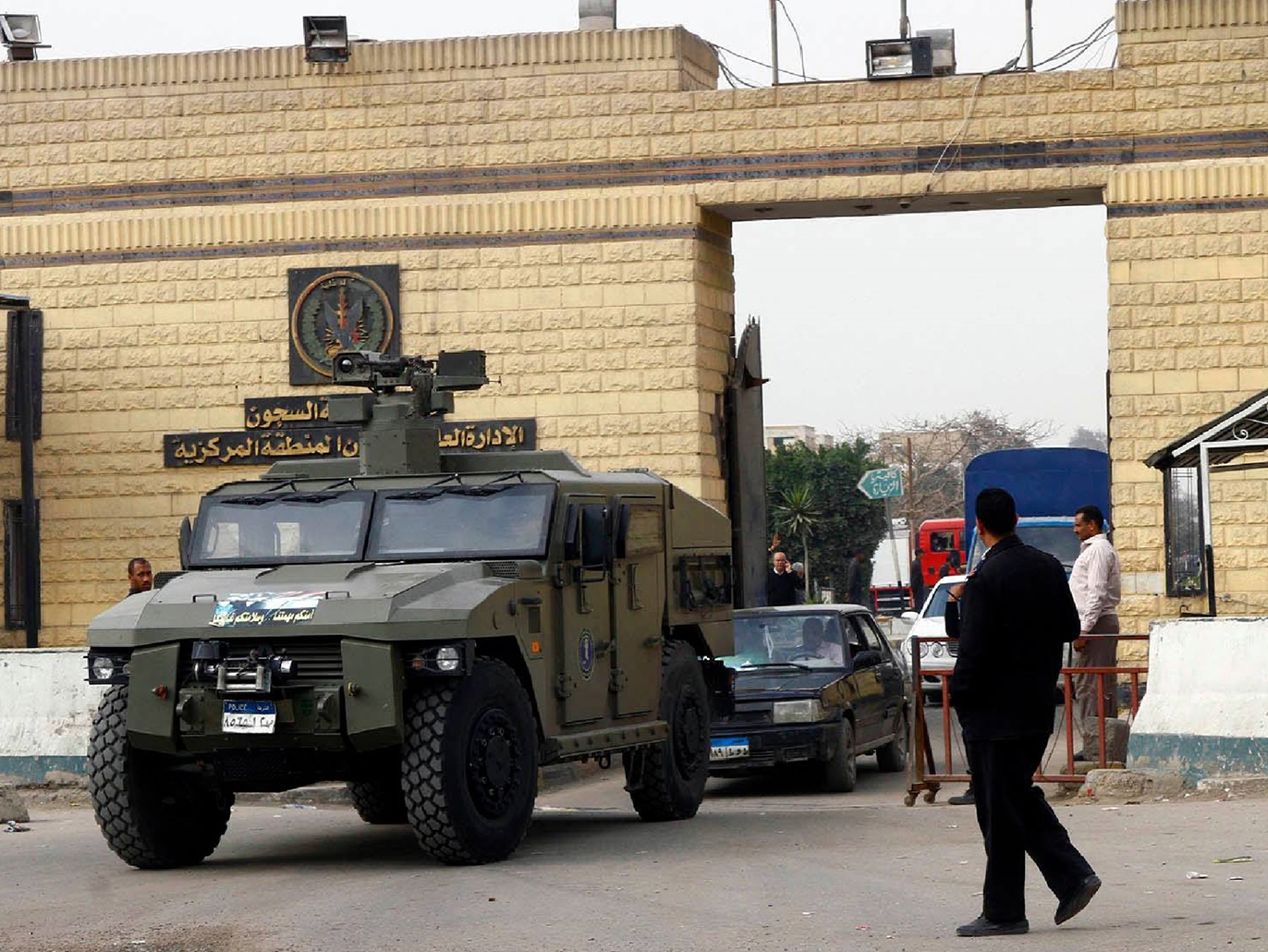The issue of Abdel Fattah al-Sisi’s palaces has returned to the scene, about a year after it was raised by the artist and contractor Mohamed Ali, who reappeared again, calling for mass demonstrations on September 20. For the first time, Ali revealed the information mentioned about projects that cost billions that were implemented under the supervision of the Armed Forces Engineering Authority, headed by the el-Alamein Palace. Ali said that when he was carrying out the construction of the Maamoura Palace in Alexandria, Kamel, the head of the Engineering Authority for the Armed Forces at the time, informed him of al-Sisi’s wife’s desire to build a presidential palace in the Marassi area, in el-Alamein. He added that the Emirati Emaar Company, which was undertaking a real estate project in Marassi, gave al-Sisi a plot of land with an area of 5,000 square metres. But Intisar did not like this area as she wanted more space (twice the size) to build the palace. However, Emaar refused due to the lack of the required space, which angered Intisar, al-Sisi’s wife, and made Kamel el-Wazer swear to build a palace in el-Alamein that “all of Egypt will see,” which happened and cost millions.
The former army contractor explained that he undertook the building of the palace’s structure and laid the concrete, which cost about EGP 200 million ($12.7 million dollars), before he withdrew from the project, without providing a reason. According to sources, “the main structural works in the presidential palace have ended with a rate of 70 per cent,” noting that it consists of 50 rooms, four presidential salons, two VIP halls, a gymnasium, and four restaurants, one of which has a direct and unique view of the Mediterranean. Al-Sisi plans to prepare the palace to receive prominent political figures in the summer, instead of taking them to the Abdeen Palace, the Dome Palace, or the Cairo Tower. The Map of Egypt Projects page, affiliated to the Egyptian government, previously published pictures of the presidential palace without much information about it. A page called The New City of el-Alamein also published pictures of the presidential palace designs, which is being built in the city, consistent with the photos posted by tweeters during the construction process.
According to media sources and reports, the presidential palace in el-Alamein will be the seat of the summer government. And from el-Alamein Palace, al-Sisi will be able to administer the government from the shore of the Mediterranean, and near it, the new government’s headquarters, which was opened recently. The new palace is less than an hour’s drive from the presidential rest house at the Mohamed Naguib airbase, an hour from the Montazah Palace in Alexandria, where al-Sisi spent his summer holiday last year. It is also about two hours away from the presidential lounge in Marsa Matruh. Near the presidential palace, the authorities seek to establish the New el-Alamein city, as the first million-strong city on the northern coast, which includes towers and skyscrapers similar to those in Dubai, UAE.
Egypt drew up a plan for the new city, which would accommodate 3 million people so that it is a tourist city that operates throughout the year. The price of residential units in the coastal city exceed their counterparts in the most prestigious areas of Cairo, and the average price per square metre in the towers is EGP 30,000 (about $1,700). The apartment price ranges from EGP 3 million (about $170,000) to EGP 12 million (about $680,000 dollars).
Al-Sisi had challenged the Egyptians by admitting to building many presidential palaces, his intention to build others, and his admission of the validity of some of the information provided by Ali. In conjunction with this palace, the authorities are seeking to build other palaces in the new administrative capital (northeast of Cairo), and the city of Mostakbal near the city of Ismailia (eastern Egypt). According to the World Bank report, “about 60 per cent of the Egyptian population is either poor or in need.” The number of poor people in Egypt has increased by about 10 million, during the six years of al-Sisi’s rule, since the military coup in July 2013.
The most recent research of the Egyptian Statistics Agency (governmental) announced about “the income, expenditure and consumption” indicated that the poverty rate had reached 32.5 per cent, and the percentage drops to 25 per cent in urban areas, while it rises to 38 per cent in the countryside in which 57 per cent of Egypt’s population live. The research determined the national poverty line based on which the poverty rate was determined at EGP 736 per month ($44.4 dollars).
Since the liberalisation of the pound’s rate against foreign currencies in November 2016, Egypt has implemented a series of austerity measures on the recommendation of the International Monetary Fund, including a significant reduction in subsidies and an increase in the prices of fuel, energy, water, electricity, metro, trains, and various services and commodities.





Recent Comments